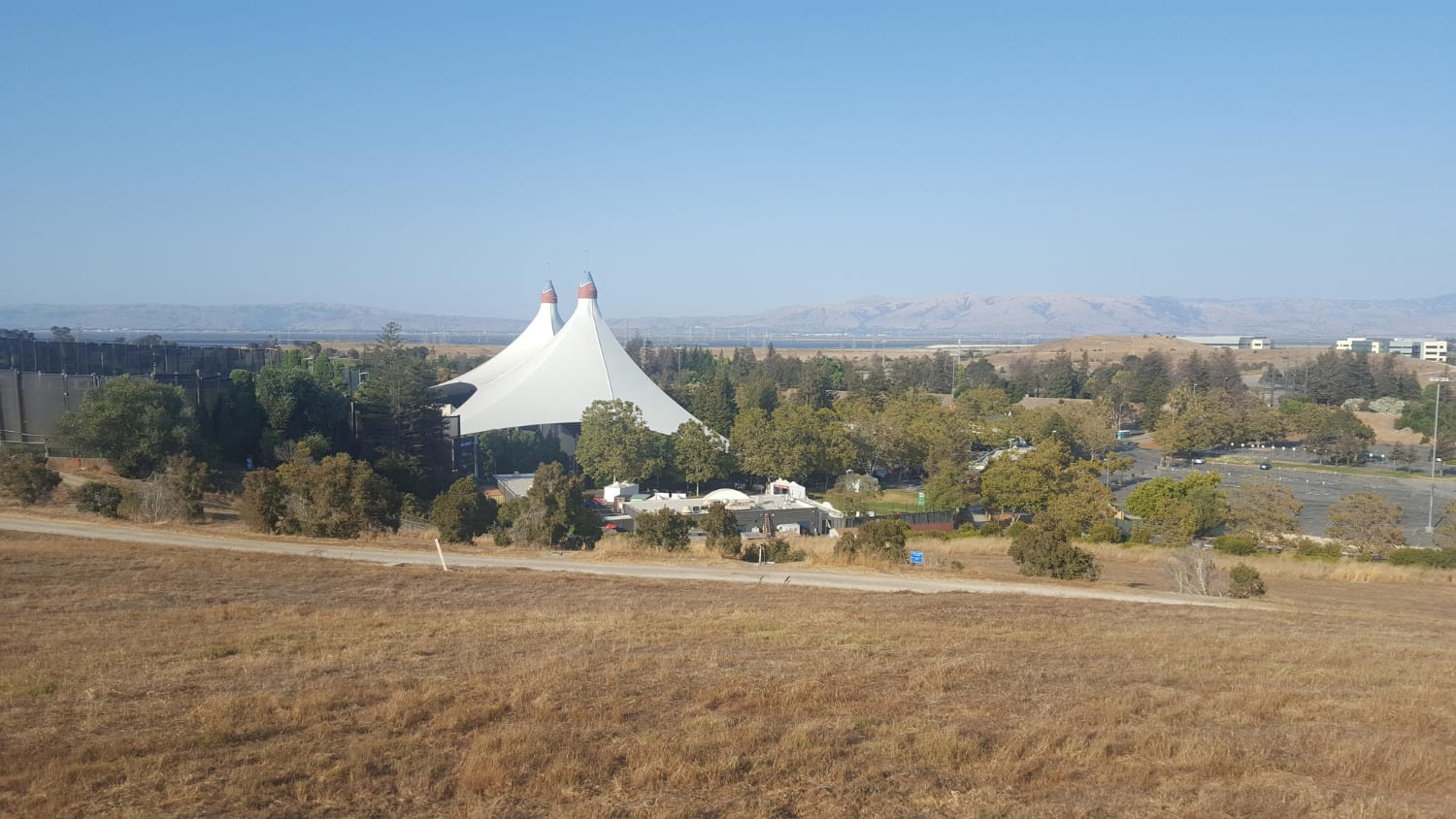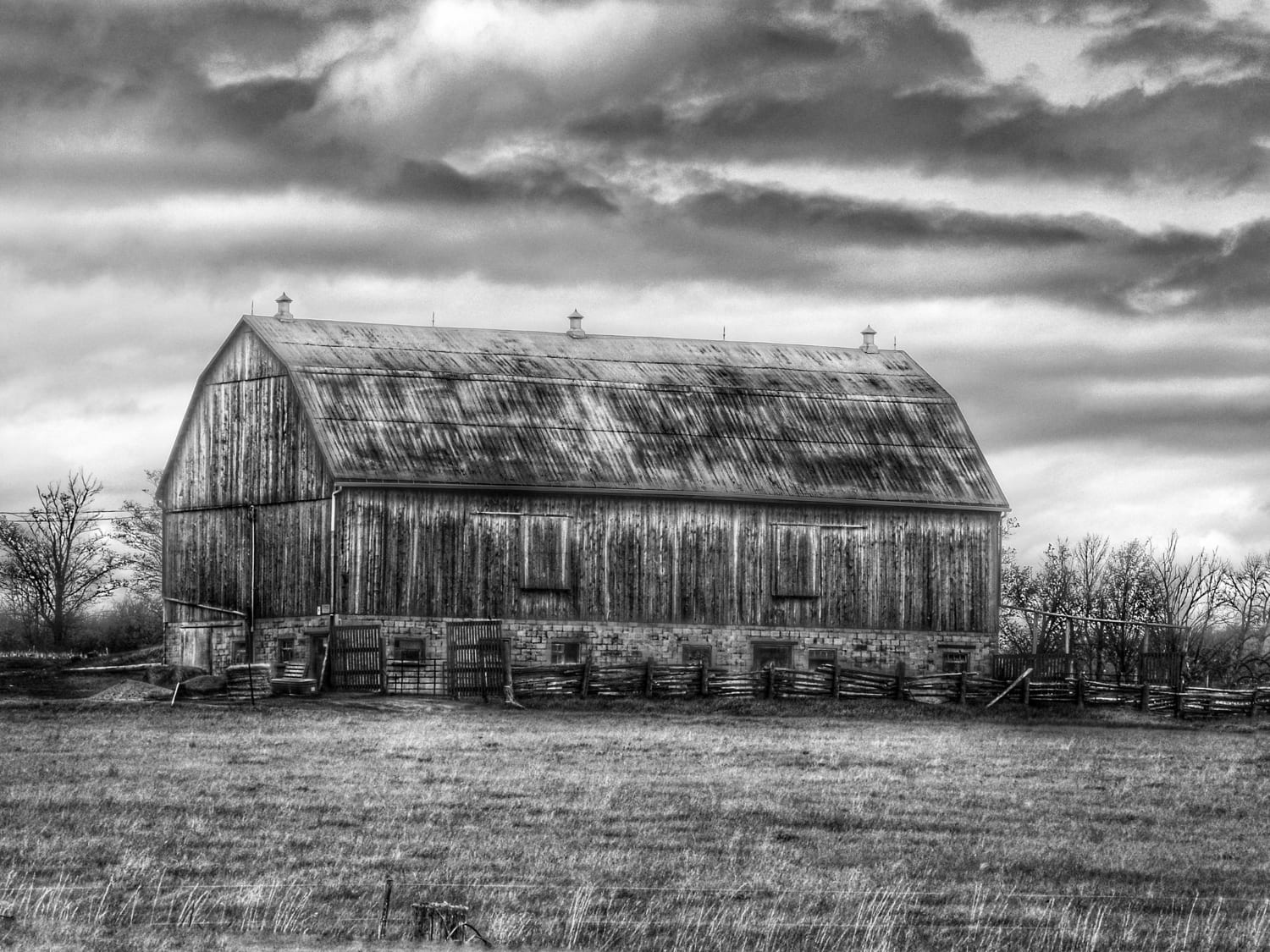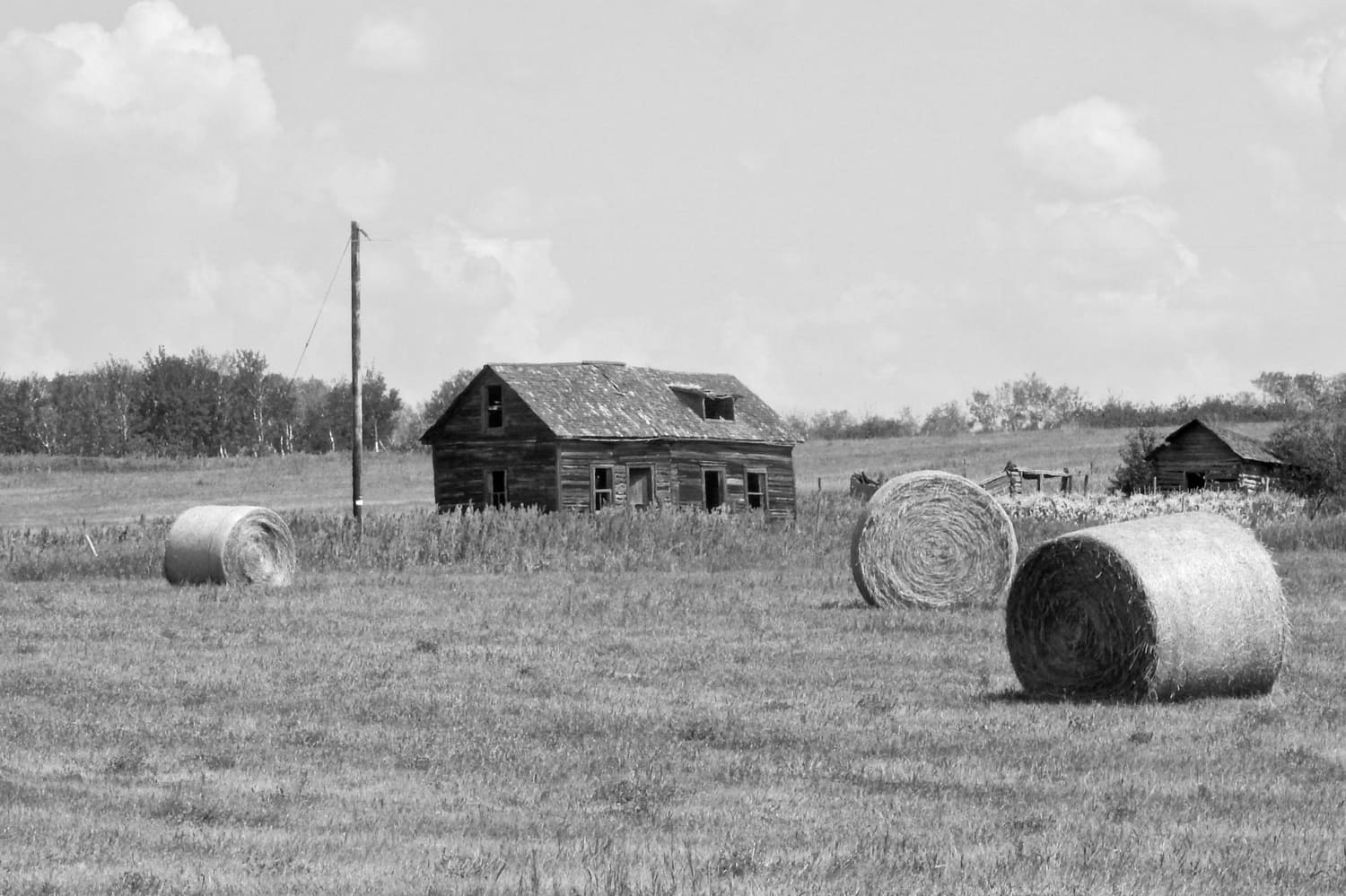As a member of the Latter-day Saint movement, commonly known as Mormonism, there are many traditions and beliefs that are practiced by its members.
These traditions have been passed down through generations and have become an integral part of the Mormon culture. Understanding these traditions is essential for anyone looking to gain insight into the Mormon faith.
Some of the most well-known Mormon traditions include family history research, missionary work, and temple worship. Family history research is an important part of Mormonism, as members believe in the importance of knowing and understanding their family history.
Missionary work is also a key component of the faith, with young men and women encouraged to serve missions throughout the world.
Temple worship is another important tradition, with members attending the temple to perform sacred ordinances and participate in other religious practices.
This guide will provide a comprehensive list of Mormon traditions, including those related to family, worship, and daily life.
By exploring these traditions, readers can gain a better understanding of the faith and the culture of the Mormon people. Whether you are a member of the faith or simply interested in learning more about it, this guide will provide valuable insight into the traditions and practices of Mormonism.
What are Mormon Traditions?
Mormon traditions are a set of customs and practices that have been passed down through generations of members of The Church of Jesus Christ of Latter-day Saints. These traditions help to strengthen the faith and create a sense of community among members.
While some traditions are specific to certain regions or families, others are more widely practiced within the church.
Some common Mormon traditions include:
- Fasting: Members of the church are encouraged to fast once a month on a designated day, typically the first Sunday of the month. During this time, they abstain from food and drink for two consecutive meals and spend the time in prayer and reflection.
- Family Home Evening: Every Monday evening, families are encouraged to gather together for an hour to participate in a spiritual lesson, play games, and spend quality time together.
- Ward and Stake Activities: Members of the church often participate in activities organized by their local ward or stake, such as potlucks, service projects, and talent shows.
- Temple Worship: Members of the church who are deemed worthy are able to attend the temple, where they participate in sacred ordinances and make covenants with God.
These traditions help to create a strong sense of community within the church and provide opportunities for members to connect with one another and strengthen their faith.
While not all members may participate in every tradition, they are all encouraged to find ways to incorporate these practices into their lives.
History of Mormon Traditions
The history of Mormon traditions is rooted in the teachings of Joseph Smith, who founded the religion in the United States in 1830. Smith claimed to have received divine revelations and established the Church of Jesus Christ of Latter-Day Saints.
One of the earliest and most central Mormon traditions is the belief in the Book of Mormon, which Smith claimed to have translated from golden plates that were given to him by an angel. The book tells the story of ancient American civilizations and their interactions with God.
Another important tradition is the practice of baptism for the dead, which is based on the belief that individuals who have died without being baptized can still receive salvation through the actions of living Mormons.
This practice is performed in temples and involves living Mormons being baptized on behalf of deceased individuals.
Mormon traditions have also been shaped by the religion’s history of persecution and migration. In the early years of the church, Mormons faced hostility and violence from non-Mormon communities, which led to the church’s leaders encouraging members to move to Utah in the mid-1800s.
This migration resulted in the establishment of a unique Mormon culture in Utah, which included practices such as polygamy and a strong emphasis on self-sufficiency.
Over time, some of these traditions have changed or been abandoned. For example, the church officially renounced the practice of polygamy in 1890, and many Mormons today live outside of Utah and have integrated into mainstream American society.
However, the history of Mormon traditions continues to shape the beliefs and practices of the church’s members today.
Key Mormon Traditions
Mormonism is a religion that has its roots in the United States. It has a unique set of traditions that have evolved over time.
Here are some of the key traditions that are followed by members of the Church of Jesus Christ of Latter-day Saints:
- Baptism for the Dead: This is a practice where Mormons perform baptisms on behalf of deceased ancestors who did not have the opportunity to be baptized while they were alive. The belief is that this allows the deceased to accept the gospel and enter into heaven.
- Family History: Mormons place a strong emphasis on genealogy and family history. They believe that families can be together forever, and that learning about one’s ancestors can help strengthen family ties and deepen one’s understanding of their place in the world.
- Word of Wisdom: This is a set of guidelines that Mormons follow regarding health and wellness. It includes abstaining from alcohol, tobacco, coffee, and tea, as well as eating a healthy diet and getting enough exercise.
- Temple Worship: Mormons believe that temples are sacred places where they can participate in ordinances and covenants that are essential for their salvation. These include baptisms, confirmations, endowments, and sealings.
- Missionary Work: Mormons believe that it is their duty to share the gospel with others. They often go on missions for a period of 18-24 months, during which time they focus on teaching others about their faith and helping them to come closer to Christ.
These traditions are just a few examples of the practices that are central to the Mormon faith. They help to shape the lives of members of the Church and provide a framework for living a meaningful and purposeful life.
Mormon Traditions and Holidays
Mormons have a rich tradition of celebrating holidays and special events. While they commemorate many of the same holidays as other Christians, they also have a few unique celebrations.
Christmas: Mormons celebrate Christmas on December 25th, like most Christians. The holiday is a time for families to come together and celebrate the birth of Jesus Christ. Mormons often read the Christmas story from the Bible, sing hymns, and exchange gifts.
Easter: Easter is another important holiday for Mormons. It is a time to remember the resurrection of Jesus Christ and to reflect on the importance of the Atonement. Mormons often attend special church services on Easter Sunday and participate in activities like Easter egg hunts.
Pioneer Day: Pioneer Day is a unique holiday celebrated by Mormons on July 24th. It commemorates the arrival of the first group of Mormon pioneers in the Salt Lake Valley in 1847. The holiday is often celebrated with parades, fireworks, and other community events.
Family Home Evening: Family Home Evening is a weekly tradition in Mormon households. It is a time for families to come together, share a lesson or activity, and strengthen their relationships. Family Home Evening is usually held on Monday nights and can include anything from playing games to discussing gospel principles.
Missionary Farewells and Homecomings: When a Mormon youth decides to serve a mission, it is customary to hold a farewell before they leave and a homecoming when they return. These events are often attended by family and friends and are a chance to show support for the missionary.
Mormon traditions and holidays are an important part of the culture and community. They provide opportunities for families to come together, strengthen their relationships, and celebrate their beliefs.
Mormon Food Traditions
Mormons have a unique food culture that is shaped by their religious beliefs, family values, and history. Here are some of the most notable Mormon food traditions:
Potlucks and Casseroles
Mormons are known for their love of potlucks and casseroles. These events are a great way for members of the community to come together and share food. It is common for Mormons to bring a dish to share at potlucks, and casseroles are a popular choice because they are easy to make and transport.
In addition, casseroles are often used as a way to show compassion and support for others. When someone is sick or in need, it is common for members of the community to bring them a casserole.
Green Jello
Green Jello is perhaps the most iconic Mormon food. It is often served at potlucks, family gatherings, and church events. The origins of this tradition are unclear, but it is believed to have started in the 1950s or 1960s. Today, green Jello is often served with fruit, whipped cream, or marshmallows.
Funeral Potatoes
Funeral potatoes are another popular Mormon dish. They are often served at potlucks, but are also a common comfort food for families during times of grief. Funeral potatoes are typically made with hash browns, cheese, cream of mushroom soup, and cornflakes. They are easy to make and can be prepared in advance, which makes them a convenient choice for large gatherings.
Jell-O
Jell-O is a staple in Mormon households. It is often served as a dessert or snack, and is a popular choice for children’s birthday parties. Jell-O is also a common ingredient in many Mormon recipes, including salads and desserts.
Overall, Mormon food traditions are shaped by a strong sense of community and family values. Potlucks, casseroles, and comfort foods are all important parts of this culture, and are often used as a way to show support and compassion for others.
Mormon Wedding Traditions
Mormon weddings, also known as temple sealings, are unique ceremonies that reflect the beliefs and values of the Church of Jesus Christ of Latter-day Saints.
Here are some of the key traditions and practices associated with Mormon weddings:
- Temple Weddings: Mormon weddings take place in temples, which are considered holy places where members of the church can make covenants with God.
- Temple Recommend: To attend a temple wedding, guests must have a temple recommend, which is a certificate that verifies their worthiness and adherence to church teachings.
- Sealer: The wedding is officiated by a sealer, who is a male member of the church who has been authorized to perform temple ordinances.
- Witnesses: Two male witnesses are required to be present at the ceremony.
- No Photography: Photography and videography are not allowed during the ceremony.
- Temple Garments: The bride and groom wear temple garments, which are white underclothing that symbolize their commitment to purity and chastity.
- Ring Ceremony: After the temple sealing, many couples choose to have a ring ceremony outside of the temple, which is open to all guests and allows for photography and other traditions.
Overall, Mormon weddings are deeply spiritual and focused on the eternal nature of marriage. They emphasize the importance of family, faith, and commitment, and reflect the unique beliefs and practices of the Church of Jesus Christ of Latter-day Saints.
Mormon Funeral Traditions
Mormon funerals are a solemn and respectful event that honors the deceased and provides comfort to their loved ones. Here are some of the most common traditions seen at Mormon funeral ceremonies:
- The funeral service usually starts with sacred music.
- A prayer for the family and a message of Atonement follows next.
- The funeral service (60 to 90 minutes in length) may take place in a church, funeral home, or at the graveside and is typically conducted by the bishop of the deceased’s congregation.
- The wake (or viewing) is often open-casket and takes place before the funeral service.
- It’s appropriate to dress in formal attire at a Mormon funeral. For men, this usually means a suit and tie, and for women, a conservative dress, skirt and blouse, or suit and trousers. Women should make sure to cover their knees and shoulders. It’s best to wear a solid color (no patterns or prints), but it’s not required to wear black.
It is common for family and friends to share memories and stories about the deceased during the funeral service. Additionally, the bishop may offer a eulogy and speak about the deceased’s life and accomplishments.
After the funeral service, family and friends gather for a reception to share food and offer condolences to the family. It is also common for the family to receive visitors at their home during this time.
Conclusion
As we’ve explored in this guide, Mormon traditions are vast and varied, encompassing everything from religious beliefs and practices to cultural customs and dietary restrictions.
From their strong emphasis on family and community to their unique views on the nature of God and the afterlife, Mormons have a rich and complex set of traditions that have evolved over time.
While some of these traditions may seem strange or unfamiliar to outsiders, they are deeply meaningful to those who practice them. Whether it’s attending church services, participating in temple rituals, or following the Word of Wisdom, Mormons take their traditions seriously and strive to live their lives in accordance with their beliefs.
At the same time, it’s important to remember that Mormon traditions are not monolithic. While there are certain core beliefs and practices that are shared by all members of the Church of Jesus Christ of Latter-day Saints, there is also a great deal of diversity within the Mormon community.
Different regions, cultures, and even individual families may have their own unique traditions and customs that reflect their particular experiences and perspectives.
Ultimately, what unites Mormons across the globe is a shared commitment to their faith and their community. Whether they are living in Utah or New York, Brazil or Japan, Mormons strive to live their lives in accordance with the principles of love, compassion, and service that are at the heart of their religion.
While their traditions may be diverse, they are all united by a common goal: to build a better world and to help one another along the way.







